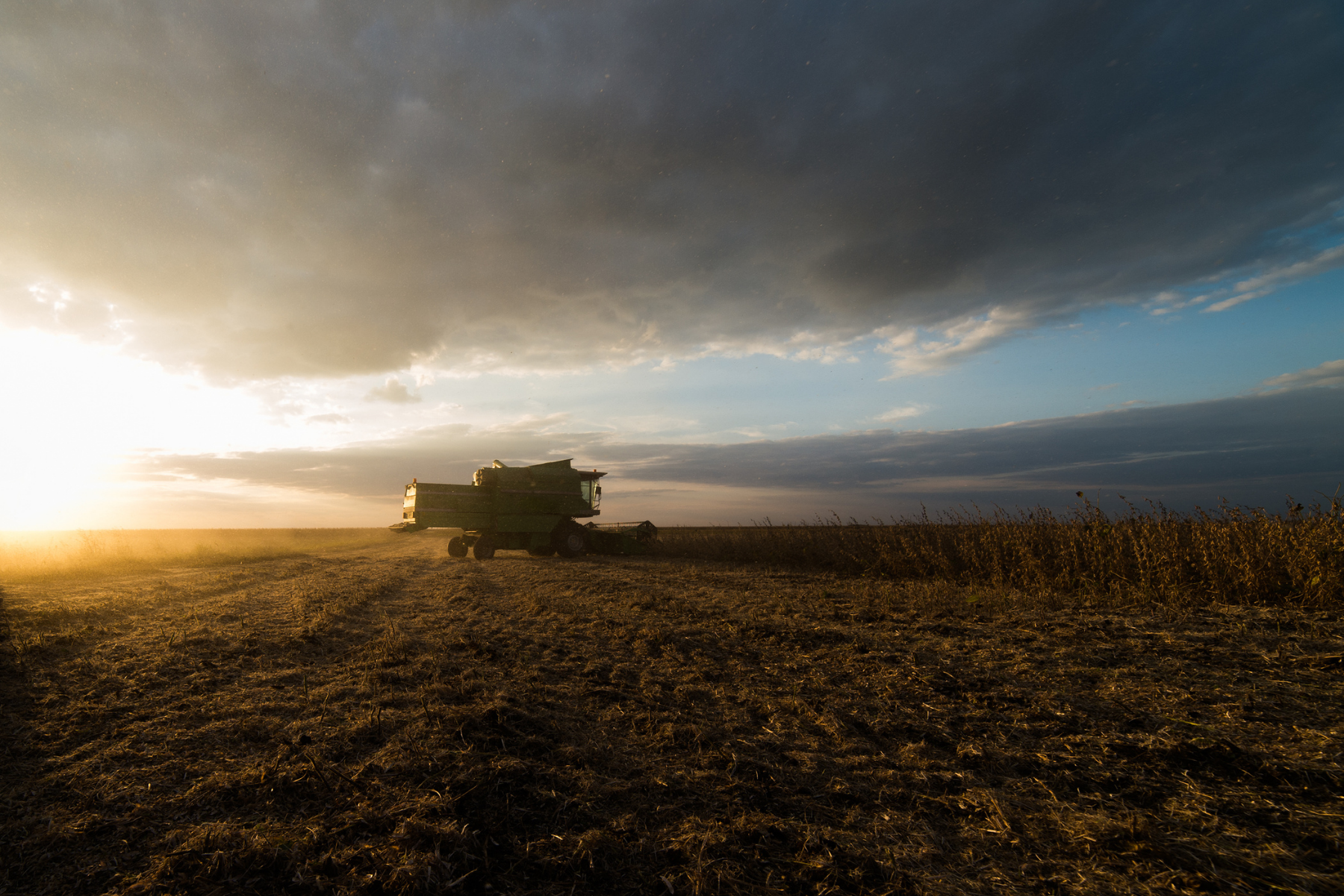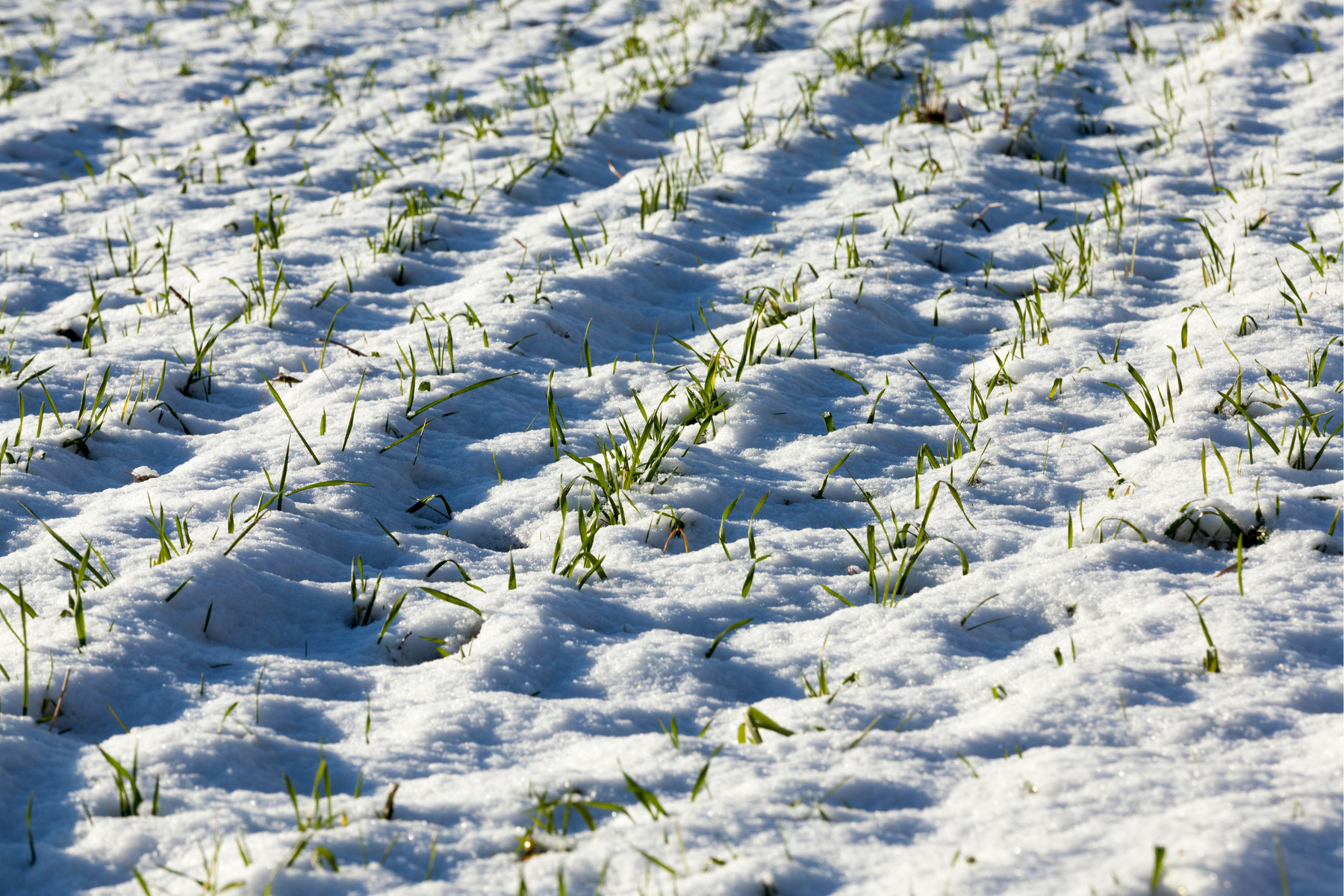While fall soil sampling offers valuable baseline data, spring soil testing provides growers with timely and specific information for the upcoming growing season. It ensures that nutrient management plans are adjusted to current conditions, promoting optimal crop performance and overall farm productivity.
5 Reasons Grower Should Consider Conducting Spring Soil Sampling
As you gear up for the spring planting season, here are five compelling reasons to consider conducting spring soil sampling:
- Seasonal Variability: Soil conditions change between fall and spring due to weather fluctuations. Spring testing captures seasonal nutrient variations affecting crop growth.
- Pre-Planting Adjustments: Before planting, assess current nutrient levels for precise fertilization adjustments, ensuring optimal availability during early growth. By identifying and addressing nutrient imbalances and micronutrient levels early in the season will help promote healthy crop development and mitigate yield losses.
- Dynamic Nutrient Availability: Soil nutrient dynamics, influenced by microbial activity and weather, impact real-time nutrient status. Spring testing provides accurate information for crop planning.
- Optimize Fertilization Programs: Understand your soil’s nutrient composition through spring soil sampling. Tailor fertilization programs for accurate nutrient delivery, promoting healthy growth and improved yields.
- Set Realistic Yield Goals: Analyze soil nutrient levels to set achievable yield goals, guiding informed decisions on crop selection and planting strategies for increased profitability.
Remember to collaborate with your local Sylvite crop advisor for coordinated soil sampling this spring. It’s a crucial step to understand your current needs and build a foundation for determining future micronutrient requirements.




